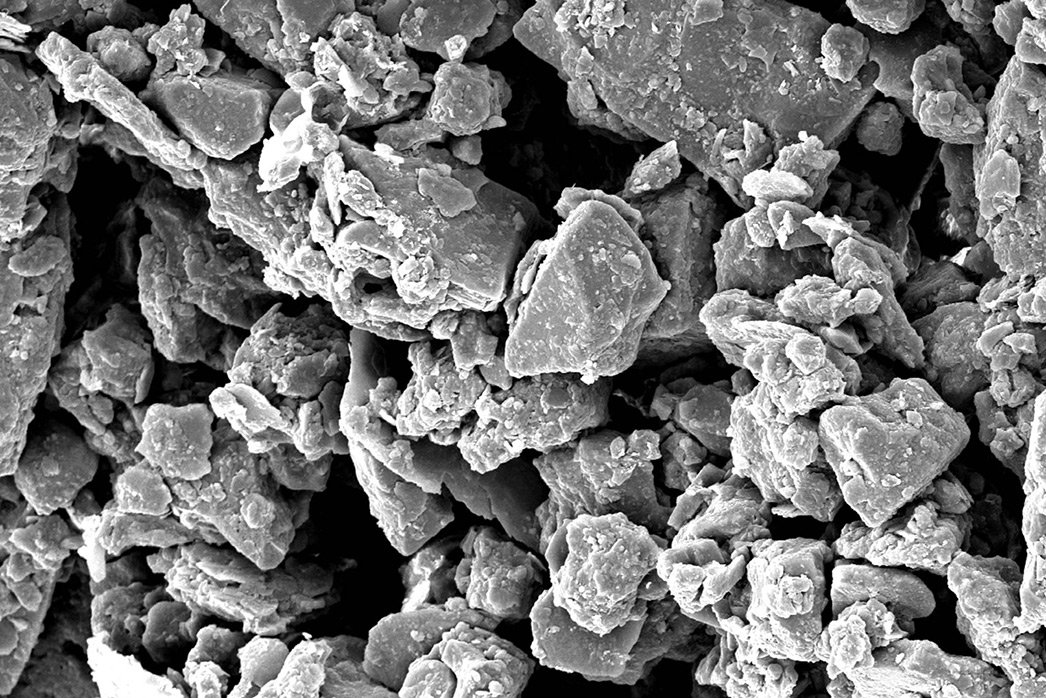
What is loess? That off-white, fine-grain soil known as loess finds its way into many wine regions in the vicinity of the Alps. Loess in Western Europe is largely a result of Alpine glaciers grinding rocks into a fine-grained crystalline powder, often rich in calcium. It’s light and easily kicked up by the wind. Once blown in and deposited, its microscopic crystals link together to form sturdy bluffs and hills that offer good resistance to erosion, making it prime for viticulture.
Some famous European wine regions you might know are filled with the stuff. I’ve seen it firsthand all over in Austria’s Wachau, Kremstal, Kamptal, Wagram and Traisental; France’s Northern Rhone appellations, Hermitage (in center and eastern side of the hill) and Crozes-Hermitage (mostly towards the east and a little bit in the north on the banks of the Rhône River); and Italy’s Roero. Those are but a few of many appellations!
Not many people seem to address its impact on their wines, but loess seems to increase a wine’s quaffability, richness and soft, agreeable aromatic lift. But too much of it without a harder soil type in the mix (like granite, gneiss, schist or limestone) can leave a wine lacking precision, dimension and intellectual appeal.


